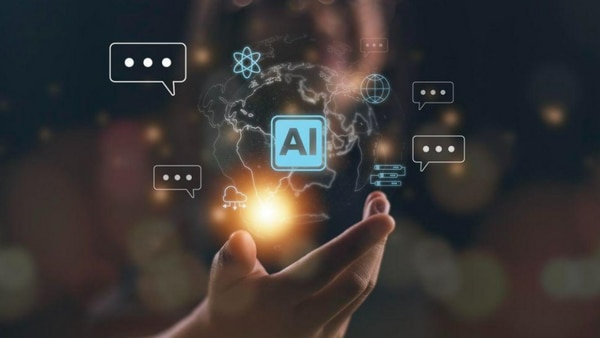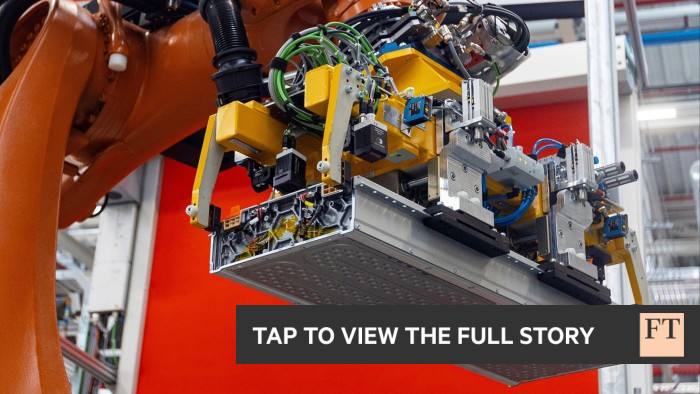Every new advancement in technology throughout history has sparked significant concerns among the general public regarding the stability of their employment. The emergence of artificial intelligence (AI) technologies like OpenAI’s ChatGPT and Google’s Bard, capable of executing diverse tasks based on a single text prompt, has heightened these apprehensions. Furthermore, even the innovators behind these technologies, such as Sam Altman from OpenAI, have hinted at the inevitable transformation of the job market as generative AI progresses.
Predictions from Goldman Sachs have suggested that AI could automate approximately 25% of the global workforce in the near future. Similarly, a report by McKinsey has indicated that nearly half of all tasks will be conducted by AI by 2025, as reported by TechCrunch. Additionally, a joint analysis by the University of Pennsylvania, NYU, and Princeton has forecasted that ChatGPT alone could impact up to 80% of the workforce.
In a recent examination by the Massachusetts Institute of Technology (MIT), researchers not only assessed the feasibility of replacing jobs with AI but also evaluated the economic viability of automating such roles. The comprehensive 45-page study revealed that merely 1.6% of worker wages in the US economy are susceptible to automation, with only 23% of these tasks (equating to 0.4% of total tasks) deemed feasible for automation.
Regarding the potential of cutting-edge AI technologies, the study emphasized, “The fear that ‘Machines will steal our jobs’ often surfaces during periods of rapid technological evolution. This concern has resurfaced with the development of sophisticated language models like ChatGPT, Bard, and GPT-4, showcasing remarkable proficiency in tasks previously exclusive to humans.”
The study further elaborated on the economic viability of computer vision, stating, “Current computer vision capabilities offer an economic advantage in only 23% of vision-related tasks at the organizational level. Moreover, hindrances to AI-as-a-service implementations persist, necessitating a substantial reduction in computer vision costs for the replacement of human labor… Even with a 50% annual cost reduction, it is projected that until 2026, only half of the vision tasks will be economically advantageous with machines, and beyond 2042, tasks will likely remain where human labor holds the edge over computer vision.”
Addressing concerns about AI-induced job displacement, the study underscored, “Our research indicates that while AI-driven job displacement will be significant, the transition will be gradual, allowing room for policy interventions and workforce retraining to alleviate the impact on employment.”






